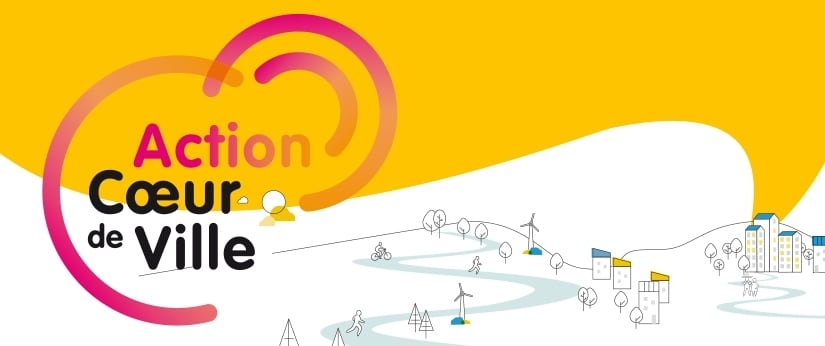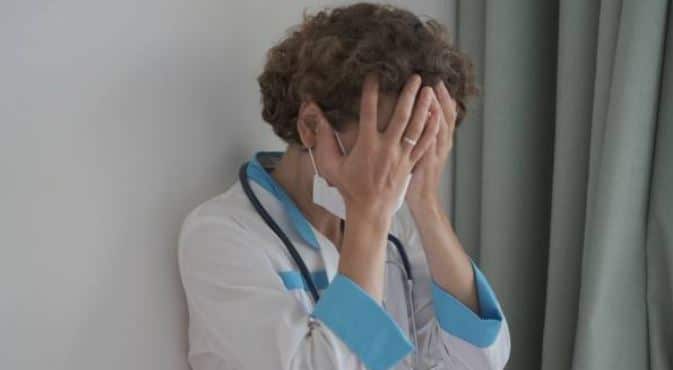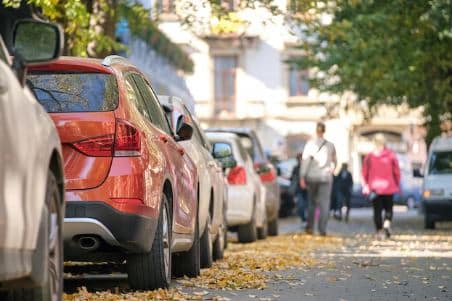When a local authority decides to embark on a new urban development project, one of the first steps is to estimate the financial resources required. As these are often colossal projects, it is difficult for a local authority to finance themselves without external support. To meet these needs, a number of schemes are available to support towns wishing to develop projects of general interest. What public funding programs are available? What public subsidies can local authorities apply for? How do you qualify for the Action cœur de ville program? We explain the various possibilities in this article.
What are the differences between a call for projects, a grant and a loan?
A grant is a sum of money released by a public body without financial consideration. Unlike loans, grants do not require repayment. That’s why it’s so sought-after by local authorities. In return, however, it requires a sound project and compliance with eligibility criteria.
Several public funding bodies can provide these public subsidies; at Cocoparks, our innovative smart city projects are eligible for several of these schemes.
- BPI France,
- ADEME
- the regional bank
- caisse des dépôts
- the Region
- the Metropolis
Finally, thecall for projects is a mechanism for awarding a public subsidy through a funder who has defined a problem. Applicants are invited to present their project in response to this request. Unlike the call for tenders, the descriptive content is freer, and there is no publication of specifications as such.
What public funding programs are available for urban projects?

European and national public subsidies
Available to small and large towns alike, public subsidies are divided according to the competent authorities, each of which has its own scope of action. First and foremost is the European Commission, which offers a whole range of funding programs. These aim to support the development of urban projects through sustainable solutions (strategic investments, innovative urban actions, JASPER program, etc.). One example is the LIFE program, which supports projects to protect the environment and combat global warming. State subsidies, on the other hand, are intended for projects of general interest. They concern only the investment phase of an operation, such as studies, property acquisition, construction work or major repairs and restorations.
Public funding from the region, department and metropolitan areas
Public subsidies paid by the département and the region contribute to the financing of operations of regional interest for which the commune is the contracting authority. To receive this assistance, however, the local authority must contribute at least 20% of the project’s financing. Finally, the metropolis, urban community and agglomeration community can also contribute to the financing of local authority projects by awarding a grant. These are known as “fonds de concours” and are used to finance the construction or installation of a facility.
Innovation in the France Relance program
Announced on September 3, 2020, the France Relance program aims to promote job creation in order to turn around its economy. To achieve this goal, the government has decided to invest within several key sectors: ecological transition, business competitiveness, social and territorial cohesion. The program concerns industrial companies, VSEs and SMEs, as well as local authorities. With regard to specific support for local authorities, a budget of 5 billion euros has been approved. The aim is to support projects to develop public transport, encourage the use of bicycles, promote digital inclusion, improve territorial diagnostics, and support the operating revenues of local authorities faced with the consequences of the crisis.
Action cœur de ville: a program to revitalize city centers

Definition of the Action Coeur de Ville program
The ” Action Cœur de Ville” program is a nationwide plan designed to encourage the revitalization of towns through a financing scheme. By developing renovation initiatives, the Action cœur de ville program aims to reaffirm the role of medium-sized towns, while reducing territorial fractures. The program currently designs and implements revitalization projects in 222 towns across France. To be eligible for the program, you need to be located in one of these towns. You can find these towns on the map of towns eligible for the “cœur de ville” program.
Who is behind Action Cœur de Ville?
The initiative stems from a partnership between the French Ministry of Territorial Cohesion and Relations with Local Authorities, the Ministry of Culture and the program’s various funding partners. These funding partners include Action Logement, the Agence Nationale et l’Habitat and the Banque des Territoires. The Banque des Territoires is a particularly interesting organization, as it provides local authorities with financing in the form of a loan. They also benefit from personalized support and advice.
What are the eligibility criteria?
To be eligible for the Action cœur de ville program, you must be located in one of the 222 metropolitan areas covered by the project. The revitalization project is then built by federating several key players: the mayor, who steers the project, the prefect, who coordinates the services, and the regional public and private partners, who act within their investment perimeter.

What is the process for obtaining public funding or an Action Cœur de Ville grant?
To invest in one of these cities, you need to apply via the program’s dedicated application form. Once the application has been completed, an advisor will call the applicant to discuss the project. The aim is to study the tax system best suited to the project. A maximum amount of public subsidy is then released, depending on the nature of the work to be carried out. The nature of the work may, for example, take the form of rehabilitation of an unfit dwelling. In this context, the “Action cœur de ville” program helps homeowners to renovate their property.
Example of Action Coeur de Ville in Saint-Lô
This was recently the case in Saint-Lô, a well-located medium-sized town, where the project to renovate an old, historic family home was supported by the program. Thanks to the “action cœur de ville” program, the building was brought up to current standards, thus restoring its social and family dimension.
What is a regional revitalization operation or ORT?
The regional revitalization operation(ORT ) was born of two laws. The first concerning the evolution of housing and the second, the Elan law, concerning development and digital. The ORT is a tool enabling local authorities to support and implement a project in the urban, economic and social fields. Its aim is to combat the devitalization of town centers through the financing of public subsidies. It can involve projects to renovate housing stock, commercial premises or develop an attractive urban environment.
How do you set up a TRO?
The ORT is set up through an agreement between the intermunicipality and its principal city. Other players, such as the State or public establishments, can also take part in the project on a voluntary basis.


